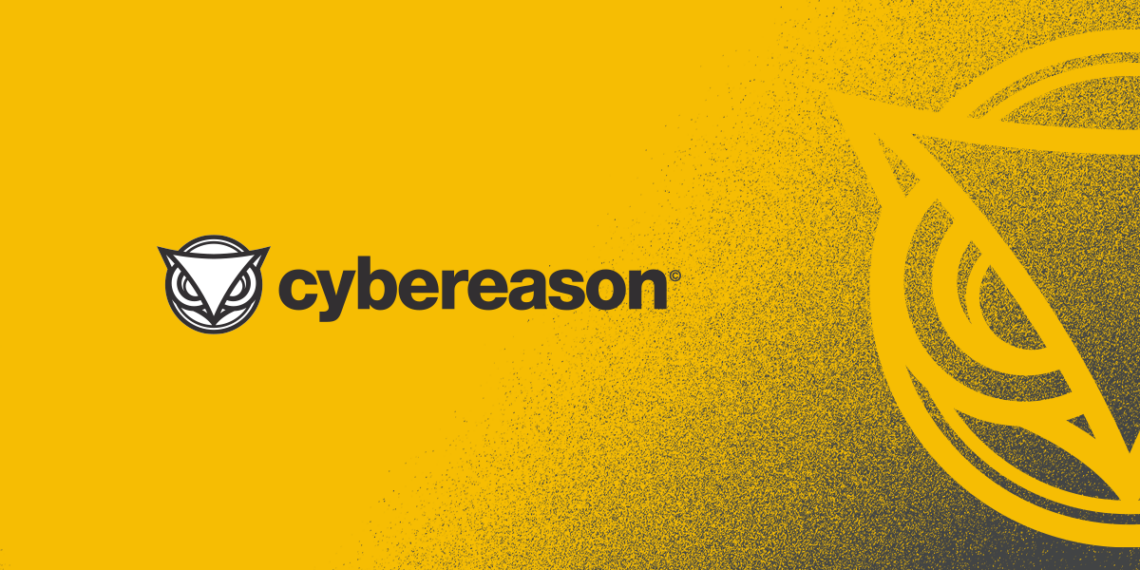Cybereason has announced the launch of its revolutionary SDR Data Ramp Program with Observe.
This innovative initiative allows new customers of Cybereason’s Next Gen SIEM Detection & Response (SDR) product to send up to 1TB of log data per day free for the first 90 days, enabling in-depth analysis and extraction of MalOps (malicious operations) from their security data.
The program leverages Cybereason’s core technology, including the powerful MalOp Detection Engine algorithms, to provide comprehensive visibility and detection across endpoint, identity, workspace, network, and cloud log data.
This ensures that customers can experience the full capabilities of Cybereason’s SDR product, which is designed to detect, analyse, and respond to cyber threats with unparalleled accuracy and speed, reducing the need for legacy SIEM platforms.
“We are thrilled to offer this program to new customers,” said Eric Gan, CEO of Cybereason. “The 1TB Free SDR Data Ramp Program underscores our commitment to empowering organisations with the tools they need to defend against increasingly sophisticated cyber threats. By allowing new customers to ingest and analyse large amounts of log data for free, we aim to demonstrate the full potential of our SDR product and how it can transform their security operations.”
SDR leverages Observe to remove data silos and consolidate security logs into a single platform enabling users to rapidly investigate security incidents.
“Investigating security incidents is always a matter of data. Observe stores and analyses more data, for longer periods of time, at a lower cost than anyone” said Jeremy Burton, CEO of Observe. “We’re delighted to partner with Cybereason to deliver a complete security offering to our mutual customers.”
Cybereason’s SDR product, powered by the MalOp Detection Engine, delivers advanced threat detection and response capabilities. It provides a holistic view of an organisation’s security posture by correlating data across multiple vectors, including endpoints, identities, workspaces, networks, and cloud environments.
This multi-layered approach enables security teams to identify and mitigate threats more effectively, reducing the time to detect and respond to incidents.






